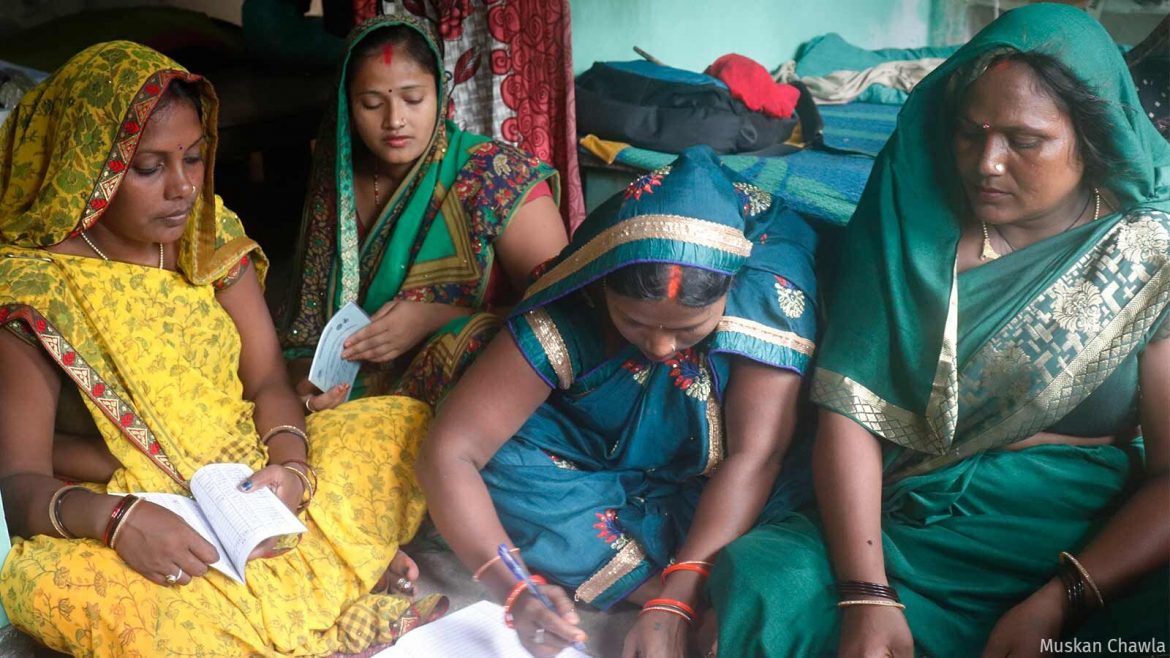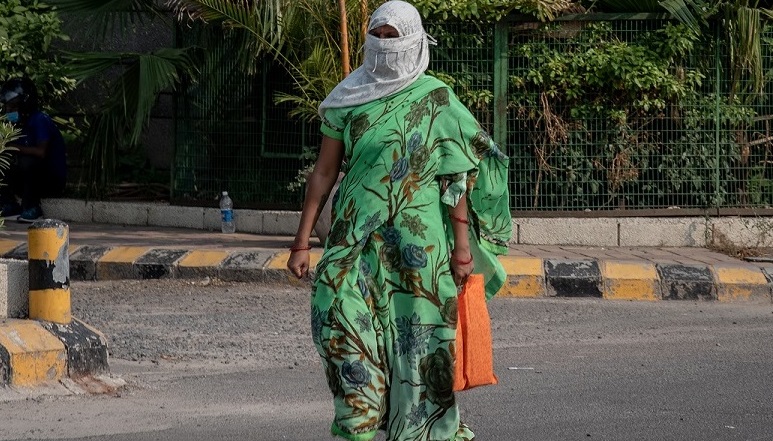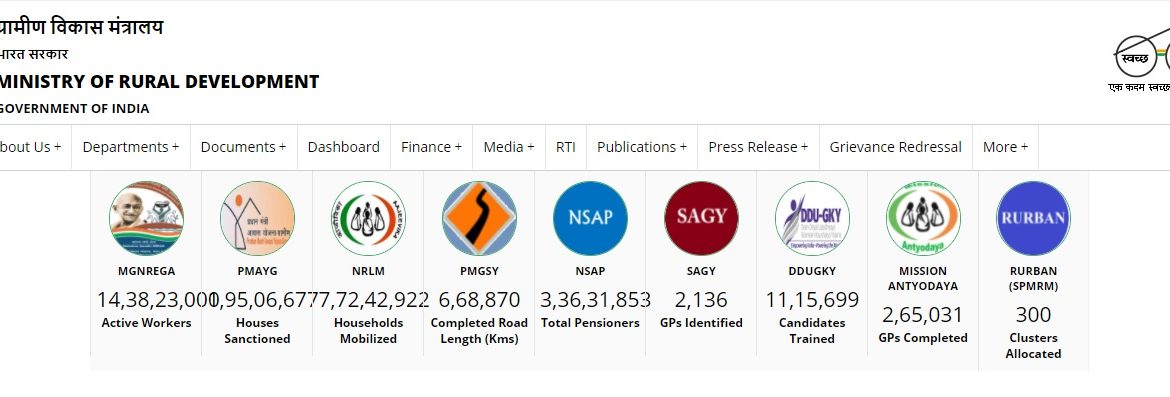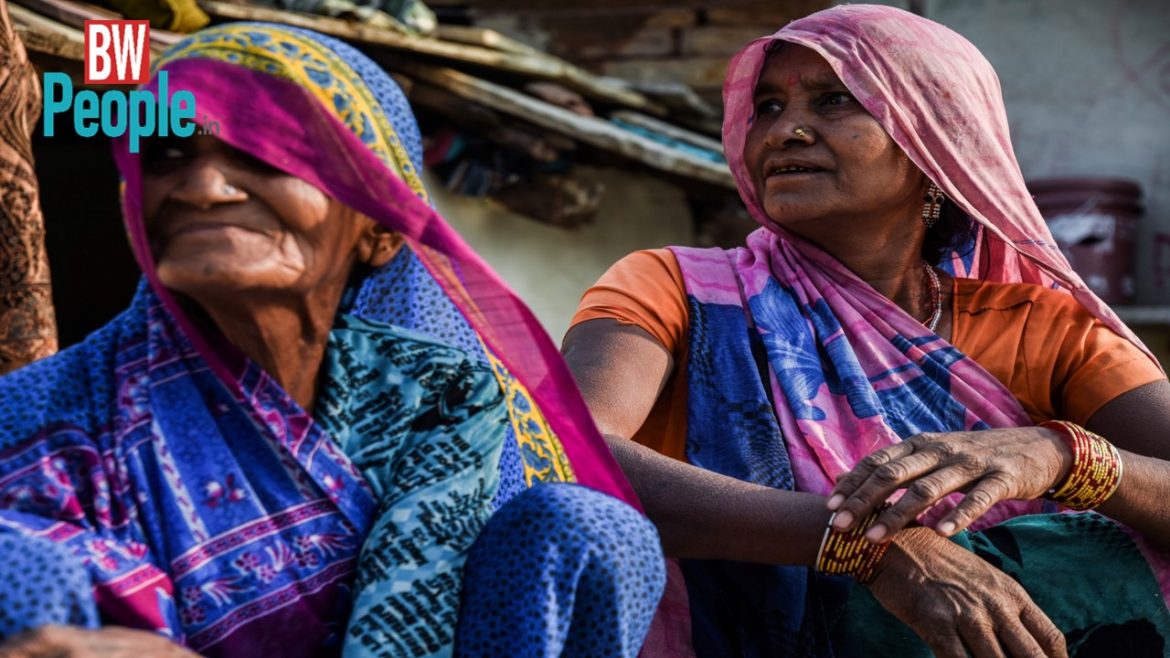iwwage_admin
Gender-based violence – Causes and consequences
Violence against women and girls has long been a barrier to their equal participation in and contribution to society. Any and every form of violence against women – physical, mental, verbal, psychological or emotional – is a violation of their human rights, has severe and long-term impacts on survivors, their families and communities, and also affects social and economic development (García-Moreno et al., 2015; UN Women, 2020). There are multiple ways in which violence is experienced by women, several contexts in which it occurs, and thus, its costs and consequences are widespread (Day et al., 2005).
The issue becomes even more complicated when we account for the fact that it is not just men who inflict violence upon women but women as well, who can equally be perpetrators. This becomes relevant in a traditional society such as India’s where violence against women is not merely a gender issue. For far too long women have been responsible for the suffering of other women, especially in domiciliary settings where the triggers for violence are often women’s handling of domestic chores and responsibilities, increased mobility or greater financial independence. In this blog, I talk about what feminist literature has to say about the violence inflicted on women and girls by the opposite gender, and whether it has any correlation with women’s participation in the labour force along with their desire to be economically independent.
The ameliorative hypothesis on violence (Xie et al., 2012; Heirigs and Moore, 2018) is the most well-understood and logically coherent theory on the subject suggesting that as societies become more equal, violence decreases. The improved status of women relative to men, greater gender equality and a higher ratio of women to men in the labour force would in theory break traditions and reduce stereotypes that support the domination of women by men. This would lead to lower rates of violence against women, and ultimately empower women.
However, evidence on violence supports the backlash hypothesis. It argues that improvement in women’s relative socioeconomic status actually increases their rate of victimisation – a sharp contrast to the ameliorative hypothesis. With initial reductions in gender inequality in a society, men tend to find means to reassert their diminishing patriarchal power and authority and resist the increased power of women (Avakame, 1999). A narrowing gender gap as women advance in status and break down their traditional gender roles, acts as a threat for men and results in the ‘backlash effect’ (Xie et al., 2012). Given the setup of the Indian society and its strong patriarchal norms, men are conditioned to retain the identity of a provider, protect women of the household, and control decision-making in the family such that women conform to roles defined by traditions. The backlash hypothesis is particularly found to have more significant influence on domestic violence and intimate partner violence rather than on stranger violence or violence by known or unknown offenders (Xie et al., 2012).
Yet another argument that predicts women’s victimisation is the one offered by the lifestyle and routine activities theory. This theoretical strand of the literature suggests that absolute increases in women’s labour force participation are associated with increase in their victimisation by strangers and known others (Xie et al., 2012). Although the result predicted by this theory is similar to that of the backlash hypothesis, the reason is different. The lifestyle theory states that an increase in women’s labour force participation puts them at heightened risk of victimization by strangers due to greater exposure at work or in other out-of-home activities. The routine activities approach focuses on women’s changing activity patterns to determine how vulnerable they could be. In establishing the theory, Xie et al. (2012) also argue that while women’s access to resources (indicated by gains in education, income) can help them protect themselves from victimization, greater labour force participation increases exposure to victimization.
Historically and globally, women have experienced violence, irrespective of their age, wealth status, class, race, ethnicity, caste or religion, and even across settings – inflicted by their partner, children, family members, members of the neighborhood, community or workplace (UN Women, 2020). Among the many costs of violence against women – borne by the survivor, her household and society over time – is her participation in the labour force. A woman’s decision to join the labour force is a rational decision wherein she attempts to either maximise her own utility function or her households’ total welfare (Mehrotra and Parida, 2017). She compares the net benefit of joining the workforce to the net benefit of not doing so while also accounting for the cost of joining. The prevalence of violence against women in public spaces, public transport, neighborhood or at the workplace and the possibility of being abused contribute negatively to this equation, adding to the cost of participation in the workforce (Chakraborty et al., 2014; Satyam and Pickup, 2018). As a result, women are discouraged and make suboptimal labour supply decisions.
The malaise of inflicting violence against women and girls becomes more pronounced and relevant in India as we look closely at the reasons for women’s declining labour force participation over the last three decades. Research from various country settings has established that the fall in women’s labour force participation rate can be attributed to factors like – availability of care for children, elderly and specially abled; role of women in domestic and kinship settings along with long-standing patriarchal norms; occupational segregations and poor growth in female-friendly jobs; lack of infrastructure; concerns around safety and mobility; and sociocultural barriers and social identities (Chaudhary, 2021). In some way or the other, all of these play a role in the Indian context. An OECD report from the G20 Osaka Summit in 2019 stated that women in India are less likely to be employed than in other G20 countries, next only to Saudi Arabia (Satyam and Pickup, 2018).
In recent times, India’s female labour force participation rate has declined from 31.2 per cent (Employment-Unemployment Survey, 2011) to 23.3 per cent (Periodic Labour Force Survey, 2017), while the country-wide rate of crimes against women and girls has tripled from 18.8 per cent to 57.9 per cent during this period (as per National Crime Records Bureau).
IWWAGE is undertaking a state-level analysis to determine how women’s labour force participation rate has changed with the incidence of crimes against women between 2011 and 2017. It uses the ‘Crime in India’ statistics produced by the National Crime Records Bureau and looks at crimes that might serve as barriers to work, in this case, those that prevent women from stepping out to work and paint a perception of lack of safety. These include rape, kidnapping and abduction, sexual harassment and molestation.
A detailed report will be released soon. Watch out for the second part of this blog where I would unpack the report’s findings.
Neelanjana Gupta, Senior Research Associate at IWWAGE, is an economist with interest in evidence-based solutions to challenging questions of public policy. She works on areas of human development and social inclusion.
References
Avakame, Edem F. “Females’ labor force participation and rape: An empirical test of the backlash hypothesis.” Violence Against Women 5.8 (1999): 926-949.
Chakraborty, Tanika, et al. “Crime and Women’s Labor Force Participation.” (2014).
Chaudhary, Ruchika. Working or Not: What Determines Women’s Labour Force Participation in India? IWWAGE, 2021.
Day, Tanis, Katherine McKenna, and Audra Bowlus. “The economic costs of violence against women: An evaluation of the literature.” United Nations (2005): 1-66.
García-Moreno, Claudia, et al. “Addressing violence against women: a call to action.” The Lancet 385.9978 (2015): 1685-1695.
Heirigs, Mark H., and Matthew D. Moore. “Gender inequality and homicide: a cross-national examination.” International Journal of Comparative and Applied Criminal Justice 42.4 (2018): 273-285.
Mehrotra, Santosh, and Jajati K. Parida. “Why is the labour force participation of women declining in India?.” World Development 98 (2017): 360-380.
Satyam, Nishtha, and Francine Pickup. “To Reverse Decline of Women in Labour Force, India Must Make Its Working Spaces Safe.” The Wire (2018).
UN Women. “COVID-19 and Violence against Women and Girls: Addressing the Shadow Pandemic.” Policy Brief 17 (2020).
Xie, Min, Karen Heimer, and Janet L. Lauritsen. “Violence against women in US metropolitan areas: Changes in women’s status and risk, 1980–2004.” Criminology 50.1 (2012): 105-143.
Higher household income, lower education levels determinants of women’s labour force participation: Report
Higher household income and lower education levels are determinants of women’s labour force participation, a report said on Friday.The findings are part of ‘Working or Not: What Determines Women’s Labour Force Participation in India?’ — a research paper, released by ‘The Initiative for What Works to Advance Women and Girls in the Economy (IWWAGE)’. These findings are drawn from an analysis of household-level data from India’s Periodic Labour Force Surveys (PLFS), covering the years 2017-18 and 2018-19, said IWWAGE, an initiative of LEAD at Krea University.
The initiative is aimed at building on existing research and generate new evidence to inform and facilitate the agenda of women’s economic empowerment. The analysis also looks at long-term trends using the National Sample Survey Organization’s (NSSO) Employment-Unemployment Surveys (EUS), covering the years 1993-94 and 2011-12.
Women’s participation in India’s labour force has been steadily declining since 1993-94 and India has one of the lowest female labour force participation rates among developing countries. Despite decades of policies and programmes aimed at addressing this issue, the figure has remained consistently low, it said.The study shows that the primary driver behind this decline has come from rural areas, with participation dropping by 24 percentage points since 1993-1994. By contrast, the participation of urban women during this period saw only a marginal decline, from 25 percent to 22.5 per cent.”A multivariate analysis of the odds of a woman working in 2018-19 enables determination of several critical factors that significantly affect women’s participation in the labour force. The first is that higher household incomes are negatively linked to the labour force participation of women in both urban and rural areas. As the household’s income levels increase, the likelihood of a woman being in the labour force decreases,” it said.A similar relationship has been noted between women’s labour force participation rate (LFPR) and the household head’s education, suggesting that women withdraw from the labour force once the household’s socioeconomic status improves. Women’s own education is also a major determinant of their labour force participation rate, the study said women with no or primary education work more than those with higher secondary schooling, a woman with a graduate and higher degree has more than a 12 per cent chance of being in the labour force in urban areas.Similarly, vocational training of all types raises the probability of labour market participation in both rural and urban areas, with on the job training having the highest effect. Besides, for urban women, marriage reduces the likelihood of their participation in the workforce by 17 per cent. The presence of young children is also associated with lower participation, as women in households with children less than five years of age are less likely to participate in the labour force across rural and urban areas, the IWWAGE report said.































































